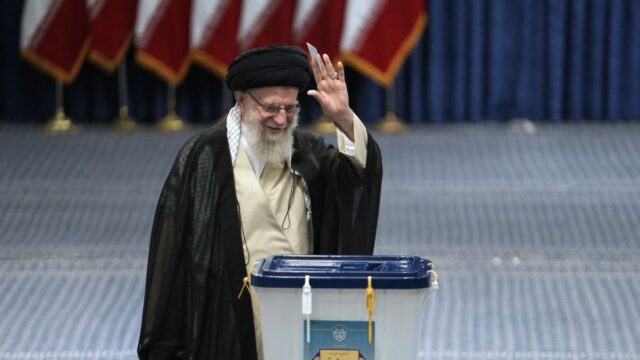The Iranian elections held yesterday have concluded with a count that does not exceed 50% of the votes for any of the candidates and, therefore, there will be a second round. There was a fairly low participation, which shows discontent with these elections.
Lakepresidential race in Iran is heading to a second round after neither candidate managed to get more than 50% of the vote in the first round. According to official results, Masoud Pezeshkiana reformist candidate, obtained 42.4% of the votes, while Saeed Jaliliconservative candidate, reached 38.6%.
Pezeshkian received 10.4 million, Jalili 9.4 million, Parliament Speaker Mohammad Bagher Qalibaf 3.3 million and Shiite cleric Mostafa Pourmohammadi more than 206,000 votes.
According to Iranian law, a candidate must obtain more than 50% of all votes cast to win. If no candidate reaches this threshold, The first two will go to a second round a week later.
As has been customary since the Islamic Revolution of 1979, women and supporters of radical change could not stand in the electionswhich will not have the supervision of internationally recognized observers.
There have been calls for a boycott, including from imprisoned Nobel Peace Prize winner Narges Mohammadi. Mir Hossein Mousavi, a leader of the 2009 Green Movement protests who remains under house arrest, also refused to vote, according to his daughter.
Iran has only held one second round of presidential elections in its historyin 2005, when hardliner Mahmoud Ahmadinejad defeated former President Akbar Hashemi Rafsanjani.
Low participation as a fact to take into account
Electoral participation has been lower than that of 2020. Of the more than 61 million eligible voters, approximately 24 million (39%) participated in the elections, a figure lower than the 48% registered in the 2020 elections.
After finishing in third place, Mohammad Bagher Ghalibaf has expressed his support for Jaliliurging Conservative voters to unite behind his run-off candidacy.
The publication of the results has influenced financial markets, with a fall in the price of the dollar and an increase in the Tehran stock index.
The second round will be held next Friday, July 5, 2024where Pezeshkian and Jalili will face off again to determine the next president of Iran.
Unstable political situation after Raisi’s death
Ebrahim Raisi, key figure in Iranian politics, died in a helicopter crash on May 19along with the country’s foreign minister and others.
Raisi was considered a protégé of Iran’s supreme leader, the Ayatollah Ali Khameneiand a possible successor, although he was well known for his role in the 1988 mass executions and the bloody crackdown on dissent following protests over the death of Mahsa Amini, a young woman arrested for allegedly incorrectly wearing the mandatory hijab.
The vote took place amid a rising tensions in the Middle East Due to the war between Israel and Hamas in the Gaza Strip.







